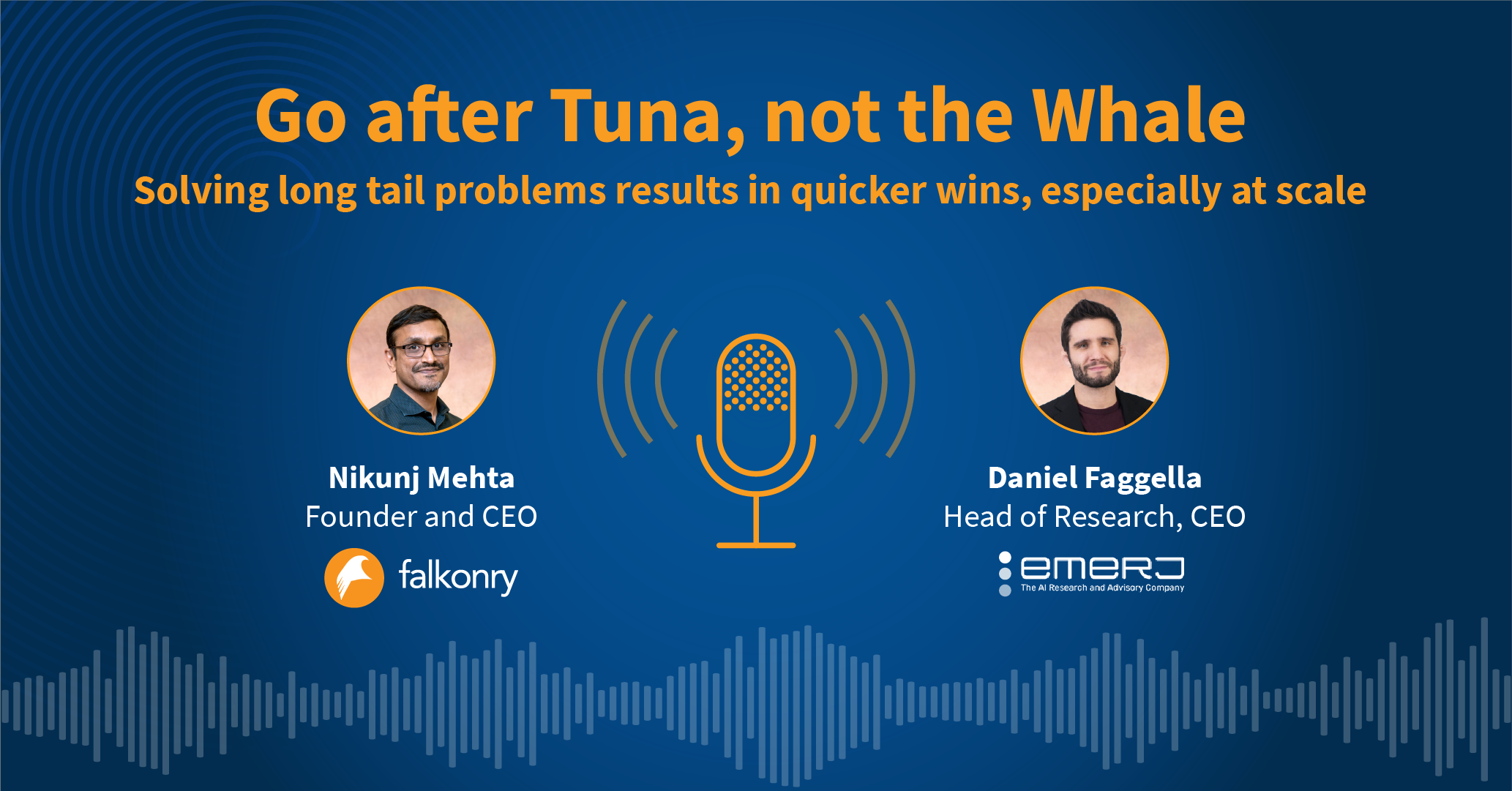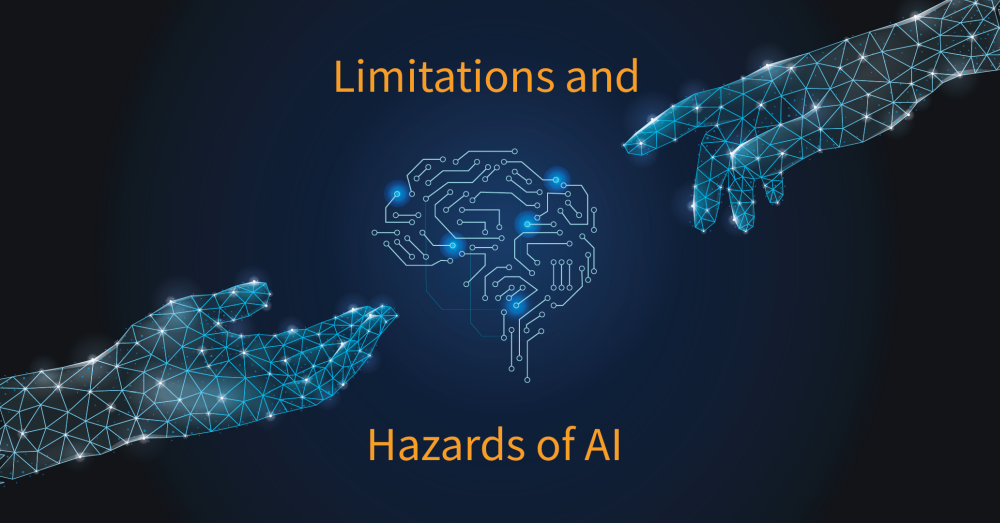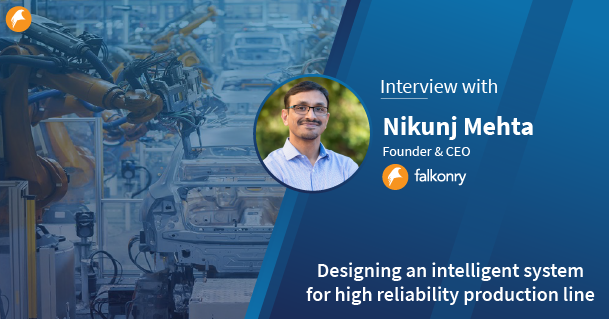Making AI come to life in Heavy Industry
Key takeaways:
- Subject Matter Experts (SMEs) can be more effective in the adoption of smart manufacturing when they are able to self-service this transition.
- The customer success story that follows illustrates the above need through the lens of a critical process in steel manufacturing known as hot rolling.
- Falkonry’s automated AI was able to augment the efforts of SMEs to detect and prevent adverse events affecting this hot rolling process, resulting in increased throughput and better quality of product.
An American steel plant was producing 10+% under their target owing to the unavailability of critical line equipment. As demand soared and availability of qualified labor kept shrinking, the steelmaker was looking for ways to accelerate their smart manufacturing efforts and leverage data from their hot rolling mills to find factors that impacted production the most. This steelmaker deployed Falkonry’s time series AI and their maintenance management team gained early visibility into the causes of line equipment unavailability so that they could take appropriate action and avoid missing their production targets.
What was cool about this application was the fact that AI was used directly by the operating team, proving that
- the problem was well suited for the application of AI, and
- the operating team including SMEs were able to leverage their knowhow and achieve desired outcomes using AI.
Like with most AI initiatives, the prioritization of problems is a critical early decision. In the case of this steelmaker, a maintenance manager with decades of plant experience was responsible for this decision. This person is leading plant-wide digitalization efforts and people have looked up to him to help solve operational problems even prior to this new role. The success of AI adoption depends heavily on the digitalization leader’s ability to align various people within the plant all the way from operators, shift managers, to engineers, as well as executives and to keep them informed and well engaged. This digitalization leader has put in place an agile process to achieve successful adoption and considering that agile is not commonly practiced in the heavy industry, this is quite commendable. This process has helped the operations team frictionlessly bring AI into their workflow.
Ordinarily, one of the biggest challenges for AI adoption in smart manufacturing is the fact that subject matter experts find it hard to engage with AI engineers or data scientists. Over the years we at Falkonry have made it our primary objective to overcome that challenge through targeted user experience design. In particular, we have designed Falkonry applications for direct interaction between operational stakeholders and the AI findings to build trust in the AI.
This was achieved through the following steps:
- Pinpoint where and when within the time series data something of interest has occurred and direct human attention to it.
- Give that finding a name, and provide background information on why the detected anomalous behavior needs attention.
- Provide human operators ways to annotate their own findings or conclusions against the detected event so that it can be incorporated into improving the learning.
- Facilitate SME interaction within the system using the findings and explanations to conduct root cause analysis.
This is a novel and non-trivial process which I delve into in more detail in a podcast with Emerj Research embedded below. I encourage you to give it a listen.





